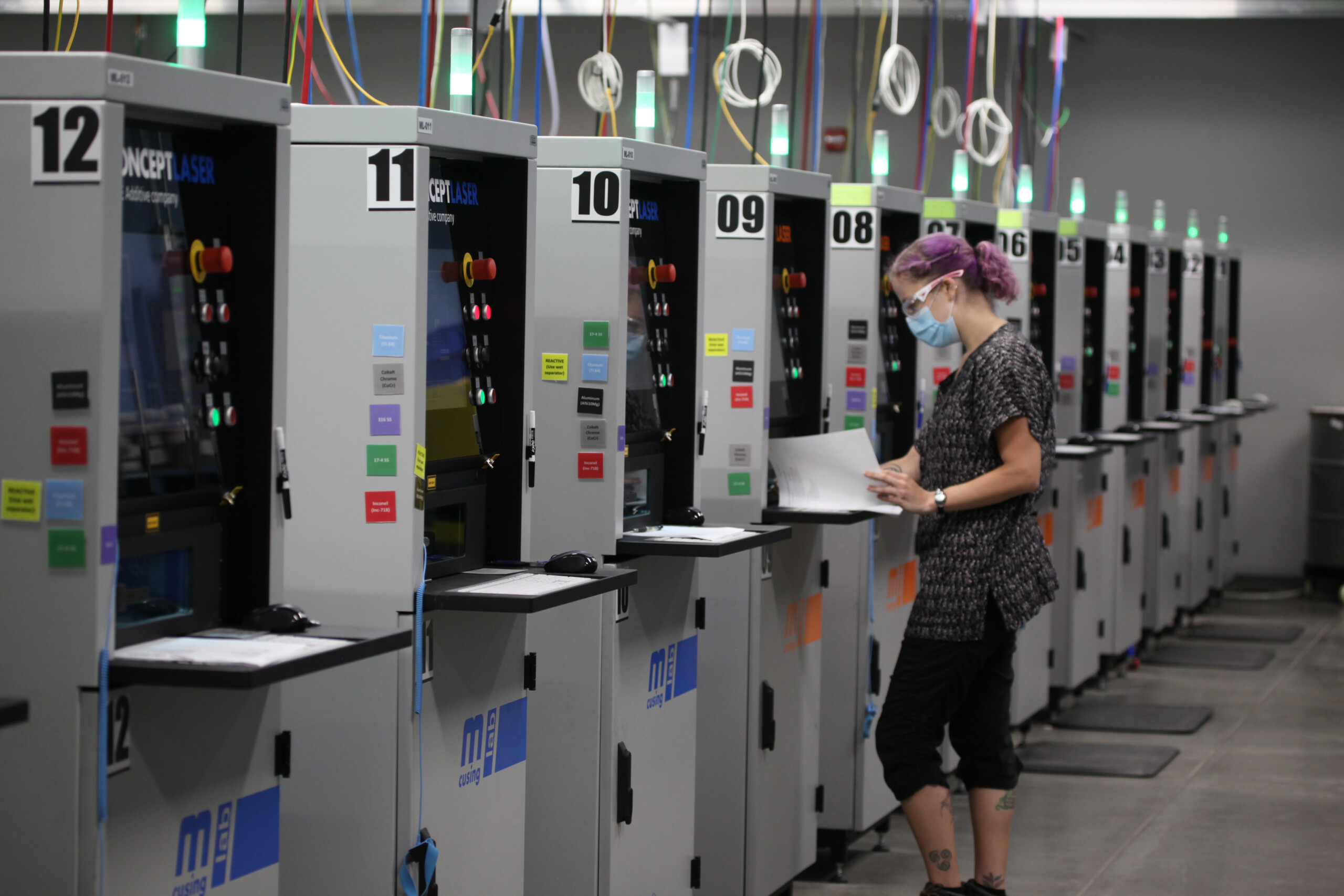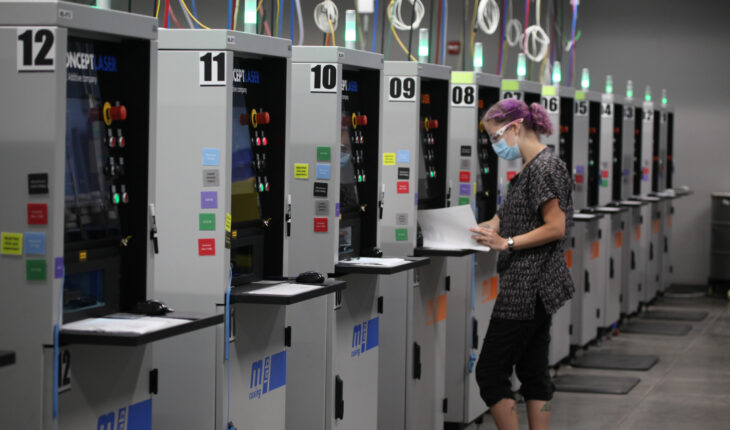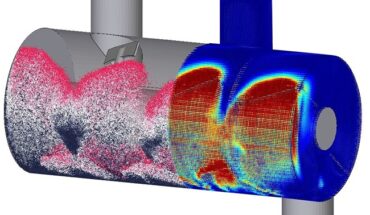
Digital manufacturer adds production capabilities to service offerings.
The origins of the Protolabs business model are right there in the company’s name: it began with prototyping and small batch injection molded and quick-turn CNC parts, way back when it was still called Proto Labs (or Protomold if you go even farther back before CNC machining entered the picture). Nowadays, there are many such companies, but Protolabs is aiming to stay ahead of them by taking the next logical step and adding full-service production to its offerings.
According to the company, that means better pricing options for larger part orders, enhanced quality control and a focus on industry certifications, all while maintaining the low-volume, quick-turn prototyping capabilities of its origin.
“We’ve been evolving steadily toward production over the past few years. It just comes naturally with scale and capability growth,” says Eric Utley, 3D printing applications engineering manager at Protolabs. Utley sat down with engineering.com to provide insight into this latest evolution.
From prototyping to production
Utley believes the Protolabs acquisition of 3D Hubs in 2021 was the catalyst. “That really expanded our solutions base,” he explains. “On the additive side, we built a DMLS facility that’s over 120,000 square feet, purely for metal printing. A large portion of our production work is DMLS but we also do MJF and SLS as well.”
“Rapid prototyping driven by automation and technology-enabled processes will always be at the core of who Protolabs is as a company,” said Protolabs Strategic Growth Officer, Luca Mazzei in a press release. “But as the market has changed, Protolabs is also changing to better meet the evolving needs of our customers. That is what our expansion into full-service production represents—a much more comprehensive way to serve our customers from start to finish.”
The evolution of additive manufacturing
While Protolabs offers injection molding and CNC machining services, the company’s additive manufacturing service line in particular is a microcosm of both its own internal development and the development of additive manufacturing more generally: from prototyping to production.
“It’s a natural evolution and it’s where additive in general is going,” says Utley. “I’ve been in additive for 15 years, and back in the day it was very focused on rapid prototyping. Then there was a watershed moment when HP came out with MJF [Multi Jet Fusion] and right around the same time there was a lot of disruption in metal printing with GE getting into the game. There was a five or six year period after that where using additive for production was the next killer app.”
Additive manufacturing in aerospace
As anyone acquainted with industrial 3D printing knows, the aerospace industry has always been the one leading the charge, and that agrees with Utley’s more recent experience with Protolabs’ expansion into full-service production.
“We’re making parts on the scale of thousands per order,” he says. “We’re making drone parts and interior components for aircraft cabins. There are a lot of low-volume production parts that aren’t well-suited to molding but are a good fit for plastic printing.”
The reasons why additive and aerospace go so well together are well-known: more complex geometries, reducing weight without sacrificing strength, and the ability to utilize difficult-to-machine materials. However, Utley points out that it’s not just a matter of reducing weight by consolidating assemblies, but consolidating features as well.
“The applications I really like are the ones where they just pack functionality into a part,” he explains, “the ones where you’re getting every bit of value you can out of every gram of metal that goes into that satellite or aircraft or rocket. I think that’s where additive is going with aerospace in general: really packing functionality into components.”
Taking the next step: additive manufacturing for production
In discussing the reasoning behind Protolabs’ latest evolution from the perspective of additive manufacturing, Utley pointed to the industry’s maturation over the past several years. “If you think about it, at some point there are enough printers out there that now there’s a business case for other companies to start making software and post-processing equipment, so now there’s a production ecosystem growing around 3D printing.”
Indeed, the sentiment among industry leaders and experts suggests that we may have finally reached the tipping point where additive manufacturing becomes boring, in the sense of being just another part of the modern factory, with 3D printers no more unusual than CNC machining centers or injection molding machines. Of course, unlike machining and injection molding, 3D printing still has some hype left to overcome, and that’s where practical examples like those coming from Protolabs and other service bureaus can help.
“I call it ‘the 3D printing fog’,” says Utley. “We drown in acronyms and when you try to educate yourself you end up going down some deep rabbit holes. That’s the advantage of a service bureau: we have access to the latest technologies and we understand them, so you can focus on designing your part and the application and let us handle the logistics of the manufacturing process.”





